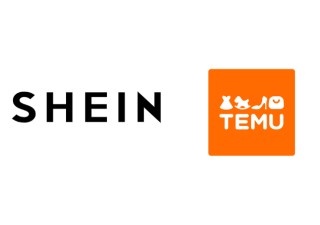The Negative Lists negotiations were recently initiated at the 19th Sino-U.S. Bilateral Investment Treaty (BIT) Negotiations, which marks a new stage and a crucial point for a bilateral treaty that may bring significant changes to Sino-U.S. investment patterns.
The American Chamber of Commerce in China has pointed out in a 2015 White Paper that an effective bilateral investment treaty between China and the U.S. can reduce trade barriers for American goods and services. The treaty could be China’s most powerful incentive for opening up its market since joining the WTO (World Trade Organization) in 2001.
The new round of the global investment treaty is, in fact, to define the game rules, such as 2012 U.S. Model BIT, NAFTA (North American Free Trade Agreement), TPP (Trans-Pacific Partnership), TTIP (Transatlantic Trade and Investment Partnership), RCEP (Regional Comprehensive Economic Partnership) and other free trade investment agreements.
The high-standard rules initiated by developed countries are covered widely; not only in regards to tariff elimination or reductions, but also the security standards, technical trade barriers, sanitary or phyto-sanitary measures, competition policies, intellectual property rights, government procurement, dispute settlements, and regulations concerning labor and environment protections. Nevertheless, the international investment rules initiated by developing countries have attached greater priority to the reduction of investment barriers and tariffs, but have shown less concern over the regulations on labor rights, environmental protections and intellectual property, and etc.
Sino-U.S. BIT negotiations have witnessed 19 rounds in which key issues have already been addressed. In July 2013, China and the U.S. started official negotiations with the model of a pre-establishment national treatment (PENT) that provides a negative list on what items should never be traded between the two nations. In July 2014, the two sides reached an agreement on the core issues and major terms of BIT and promised to start negative list negotiations soon.
Disagreements from the two sides focus on these aspects: as for the market access (PENT and negative lists), the biggest gap is about the coverage of negative lists; as for fair competition, the problem relates to Chinese state-owned enterprises (SOEs) and competition neutrality; as for the rights and interests protections, the problem is about financial services, taxation and compensation standards. The first aspect, compared with the other two, plays the critical role.
As recently issued by the State Council, the Special Administrative Measures of China Pilot Free Trade Zone for Admittance of Foreign Investments (Negative List) is more open with 122 measures than the first negative list of the Shanghai Pilot Free Trade Zone and the second one with 190 and 139 measures respectively.
With the world’s highest level of investment rules, the new model of U.S. BIT has higher requirements than China’s investment treaty for foreign investors in terms of investment access, rights and interest protections, environment, labor, performance, transparency and dispute settlements, and etc. Due to the lack of widely-accepted regulations, such as a multilateral trade system for the international investment system, Sino-U.S. BIT still holds uncertainties in finalizing its rules and standards.
Meanwhile, Sino-U.S. BITs have potential impacts that are both positive and negative. For example, U.S.-initiated investment treaties cover the services sector. In terms of market access, the negative list approach has already been adopted in the U.S. bilateral investment treaty, which means that the host country should adopt a complete liberalization policy for all its industries, except under special circumstances. It is difficult for developing countries to predict and protect their own enterprises with such unfair advantages posed against them. Therefore, it is more important to balance the rights and obligations in BITs to set up the game rules that are also suitable for China.
Source: CNTV







